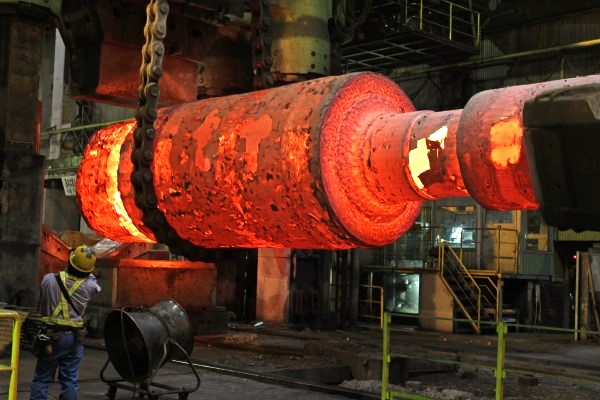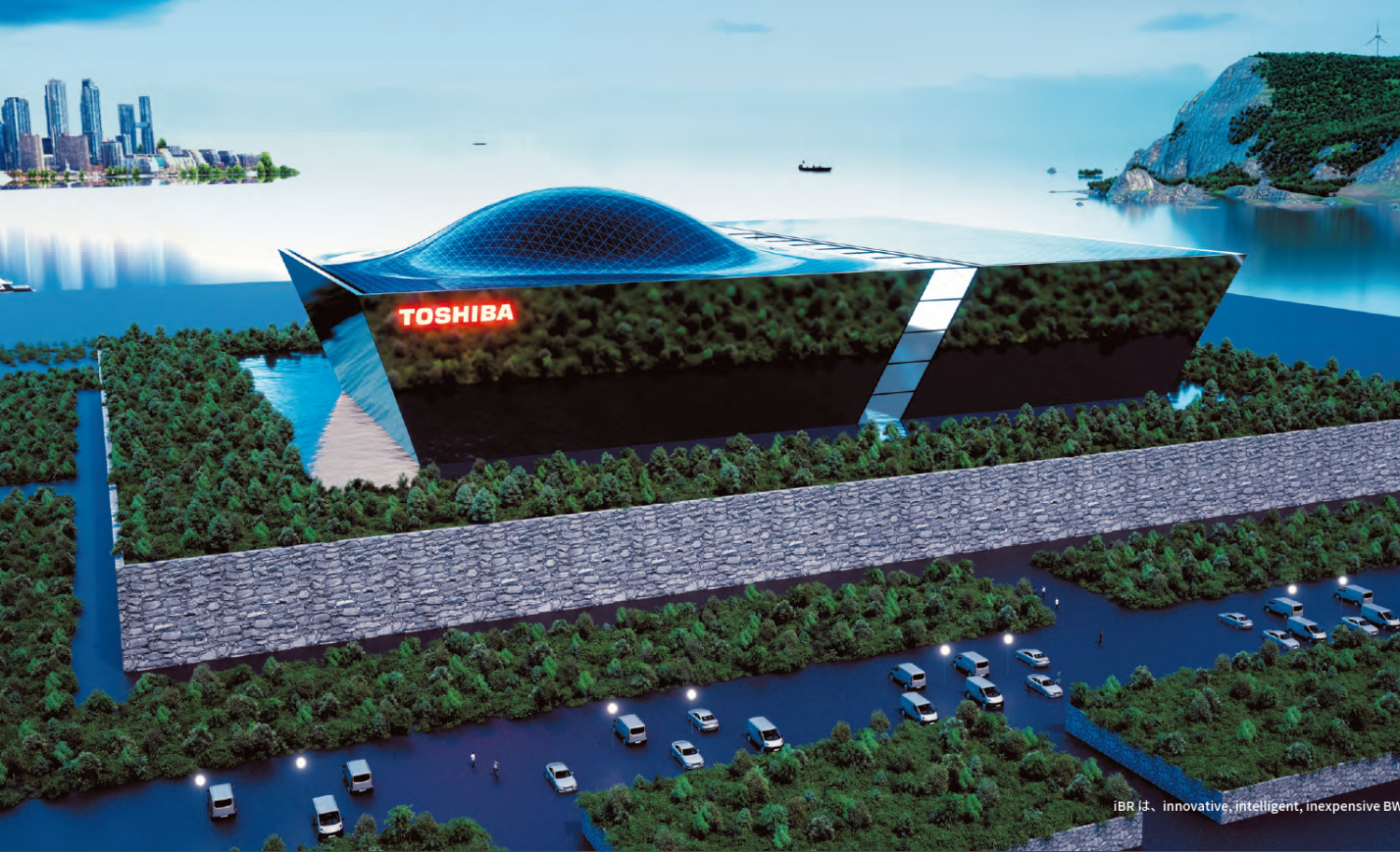As part of its purpose, the panel has heard opinions from three “companies with technical knowledge” since the fall of last year, on points of diversity, objectivity, after-the-fact verification, and growth potential. The three are the Central Research Institute of the Electric Power Industry (CRIEPI), the Research Institute for Innovative Technology for Earth (RITE), and Deloitte Tohmatsu LLC. The panel expects to put forward its conclusions by the end of FY2024 (i.e., March 31, 2025). Its fourth meeting was held on March 5.
For that meeting―in regard to power supply-and-demand outlooks in the light of industrial structural change―the secretariat, based on opinions from industry groups at workshops that it held in January and February, had organized the elements of power demand related to data centers, semiconductors, the automotive, steel, and chemical industries, and private power generation.
Among other things, it showed that for data centers―important infrastructure facilities supporting communications networks―power demand in 2022 from the three leading communications companies in Japan was 8.6TWh (slightly less than 1% of the country’s total power demand). More broadly, in and after 2020, when remote work and workcation quickly became the norm, power demand for data centers has been increasing conspicuously, due in part to full-scale installation preparations for high-speed 5G facilities to cover unserved areas.
Moreover, data volumes have been increasing exponentially, growing by an annual average of 30% from 2017 through 2022. Because they are demand-side facilities involved in information processing, it is essential that power supply keep up and that any fluctuations be small. Accordingly, increasing base load power supply is necessary to respond to that increasing power demand.
In response, MASE Takayuki and others from CRIEPI gave a presentation on assumed power demand by 2050 based on changes in industrial structure. Regarding the increased demand from data centers, they identified “floor area” and “average power density” (power demand / floor area) as parameters. As for power demand increases to the first half of the 2030s, three scenarios were given, three cases―high, medium and low―based respectively on a demand increase to 50TWh as reported by the Denki Shimbun (“Energy and Electricity” newspaper) in the fall of 2023; a supply increase to 30TWh based on OCCTO’s supply plan, and a slowing of demand increases as a result of technological innovation and energy conservation.
Consequently, power demand from data centers in FY2050 is seen to range from 43TWh to 211TWh, with “increases in volumes of data highly likely.” At the same time, it is recognized that ‘it is difficult to foresee the future,” including such things as the siting of base stations and trends in technological development. It is thus emphasized that “it will certainly be necessary to fully recognize the uncertainty when addressing the matter henceforth.”
AKIMOTO Keigo, leader of the RITE system research group, talked about the results of analyses using his own global energy system model, DNE21+. Regarding power demand at data centers, he assumed high, medium, and low scenarios for semiconductor demand and analyzed them. As of 2050, he found a three-times differential among them, saying that that illustrated the need to “consider price flexibility.”
HAMAZAKI Hiroshi and others representing Deloitte Tohmatsu LLC explained their analytical models for power demand—namely, proportionally divided by regional population and domestic shipment value. As for increased power consumption at data centers in 2050, assuming 96TWh based on data by the Japan Science and Technology Agency (JST), they noted that it would be important in the future to consider siting locations together with plans for regional power sources arrangement.
Considering the differences that were seen this time in assumptions according to analytical results, OCCTO will deepen communications with the three “companies with technical knowledge.”











